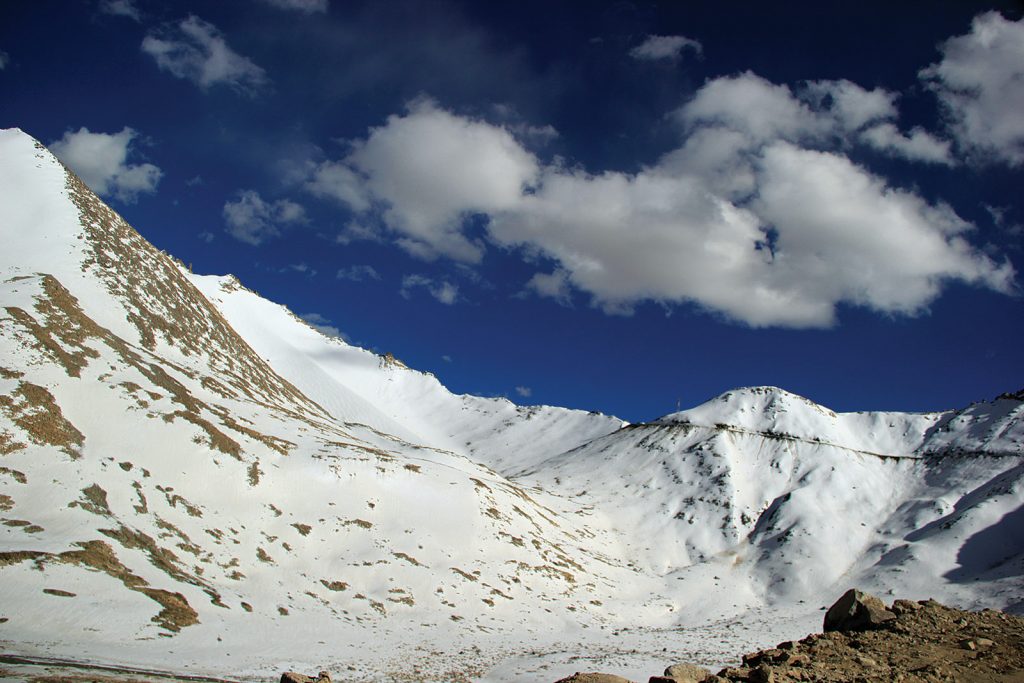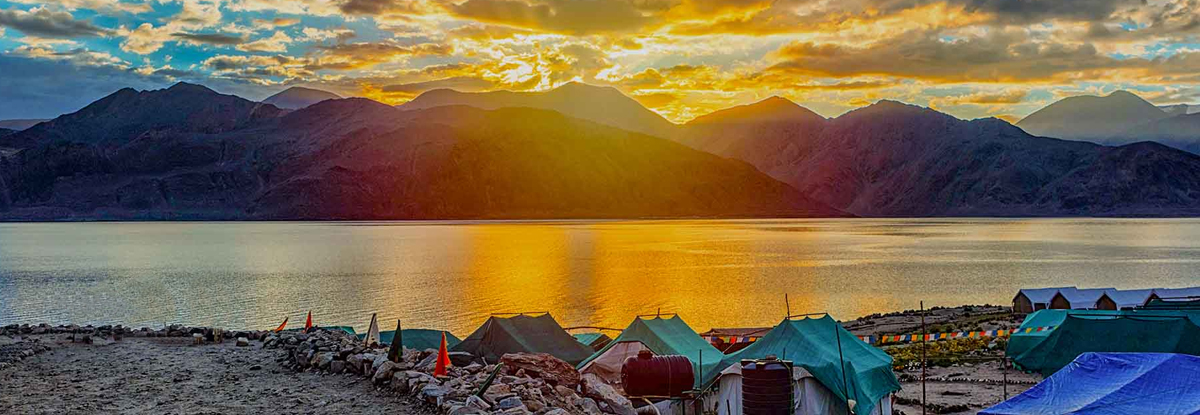Ladakh Dreams
Land of Myths and Mysteries
“The land so barren and the passes so high, that only the worst of enemies or the best friends would visit this land…” — Ladakhi Proverb

Cut off from the rest of the country for major part of the year, Ladakh or the ʻLand of High Passesʼ is barren yet beautiful region located in Jammu and Kashmir state in northern India. It shares its east border with Tibet, Lahaul and Spiti to the south and the Valley of Kashmir to its west. Strategically placed on ancient trade routes, Ladakh lies between the Kunlun Mountains in the north and the Himalayas in the south. The main inhabitants of the region are of Indo-Aryan and Tibetan descent. Majority of Ladakhis are Tibetan Buddhists and the rest are mainly Shia Muslims. The beauty of Ladakh ‒ snowcapped peaks, clean blue sky and vistas of barren mountains broken only by blue meandering rivers ‒ has attracted the intrepid traveller since the region was opened to tourists in the 1970s. Tourism is the main source of livelihood for Ladakhis. The Indian Army maintains a strong presence in Ladakh due to its strategic location.
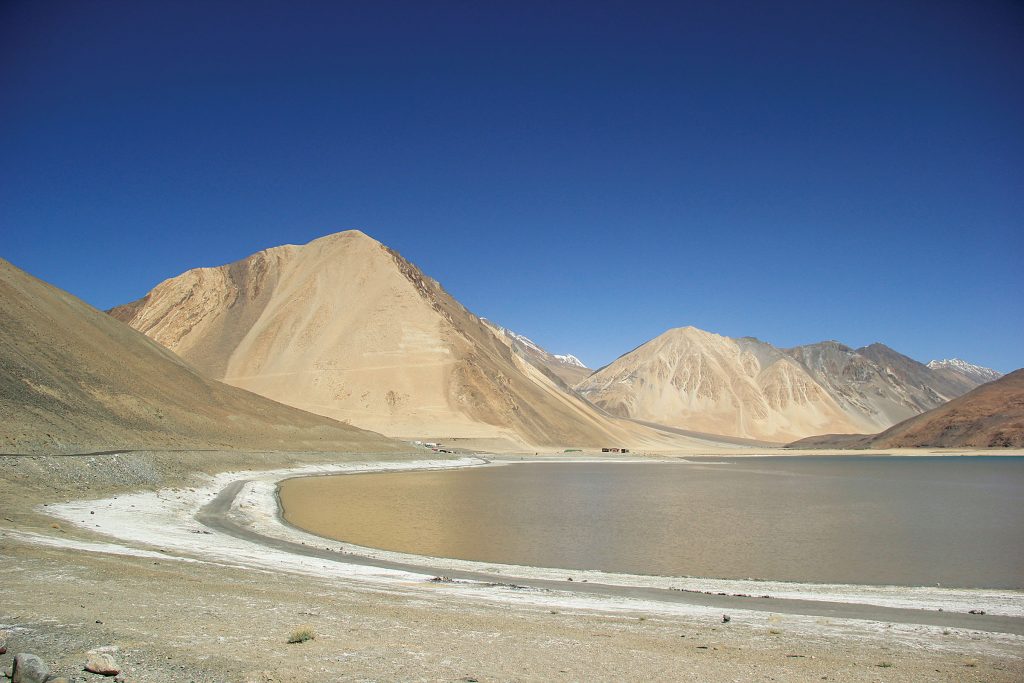
Ladakh is a favourite with trekking and mountaineering enthusiasts. The scenic beauty, rugged terrain, majestic mountains and the challenge of roughing it out, has been a heady cocktail for those looking for a rush of adrenalin. Because of its remote location and high altitude, Ladakh is not for those looking for a quick holiday. You need time on your hands and oodles of patience. Modernity is yet to reach the region which has helped preserve its natural, rustic splendour.
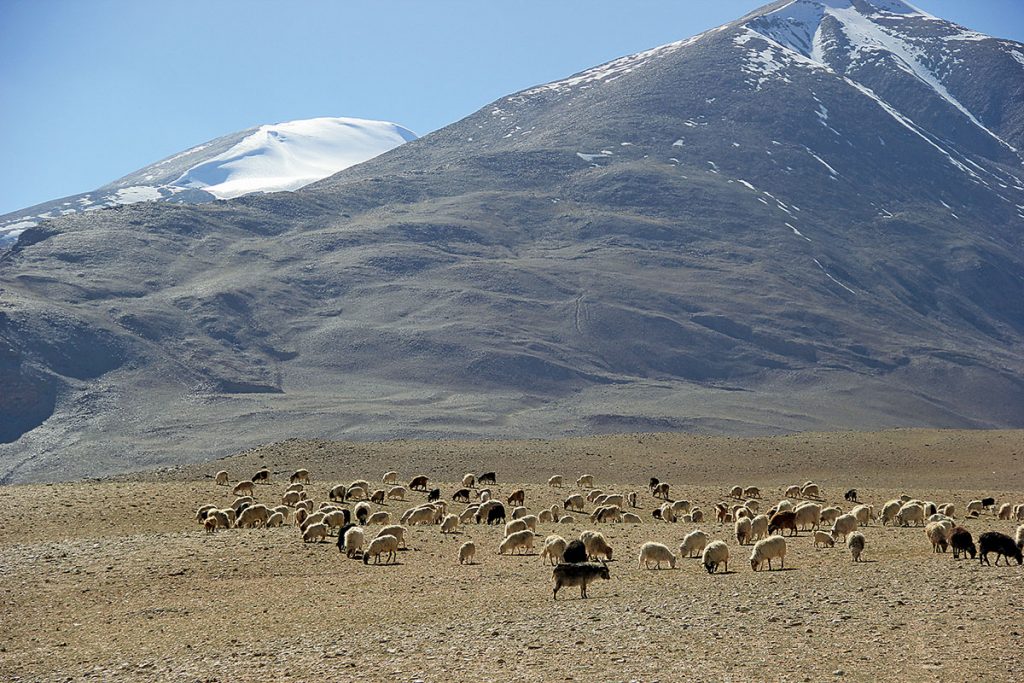
In 842 AD, Nyima-Gon founded a Ladakhi dynasty which led to the second spreading of Buddhism in this region. In the 13th century, Ladakh faced a ruthless Islamic invasion and was subjected to raids and conquests from many neighbouring Muslim kingdoms for nearly two centuries. This led to partial conversion of Ladakhis to Islam. From 1984,Ladakh became the highest battleground in the world with regular military stand-offs between India and Pakistan. In 1999, Pakistani troops infiltrated parts of western Ladakh. They captured Kargil, Dras, Batalik and Mushkoh which overlooked the Srinagar-Leh highway. At a heavy cost, India managed to expel the infiltrators.
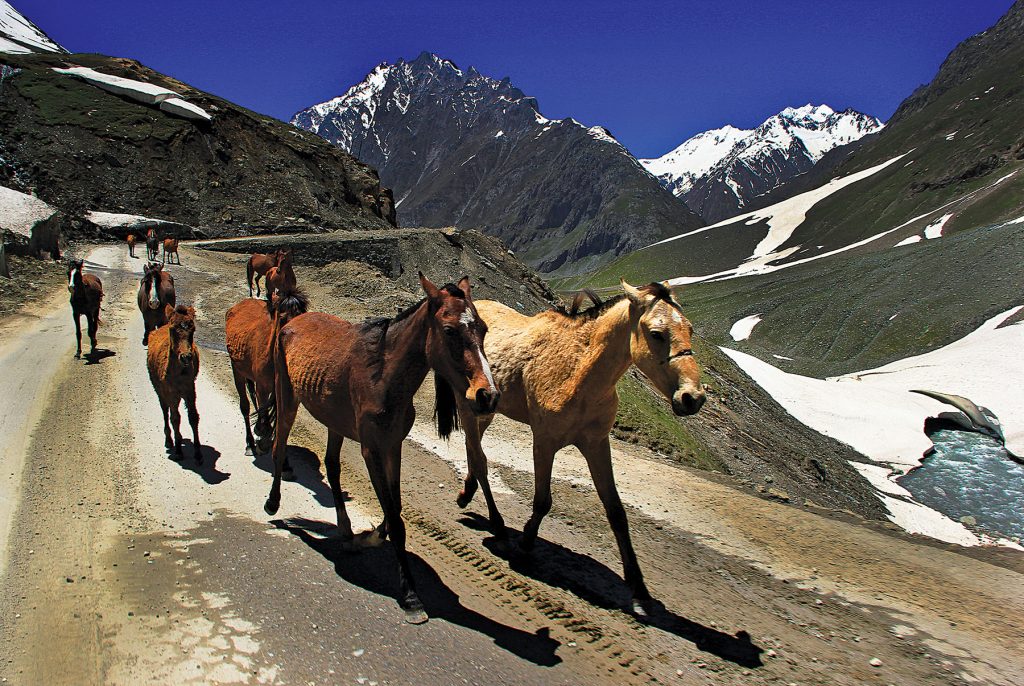
Due to the strong influence of Tibet and its culture, Ladakh is also known as ʻLittle Tibetʼ. The myth about the tomb of Jesus in Kashmir has been circulating for a long time. Rozabal in Srinagar is a big attraction for everyone interested in the mystery of the missing years of the life of Jesus Christ. However, the connection of Jesus to Kashmir was actually found by a Russian traveller, Nicolas Notovich, who stumbled on a Tibetan Scroll in the Hemis Monastery of Ladakh in 1887. While in Ladakh, he was told by the abbot of a Buddhist monastery that manuscripts recording the life of Jesus were to be found in Lhasa, at that time absolutely closed to any ʻwhiteʼ man, as was the entire country of Tibet. Despite this prohibition, Notovich determined to force his way to Lhasa in search of the rumoured records. While still in Leh, the capital of Ladakh, Notovich visited the monastery of Hemis and spoke with its abbot. When Notovich asked the abbot if he knew anything of Isha, he was amazed to receive this reply: “The name of Isha is held in great respect by the Buddhists. But little is known about him save by the chief lamas, who have read the scrolls relative to his life….Among the manuscripts of our monastery library are to be found descriptions of the life and acts of the Buddha Isha, who preached the holy doctrine in India and among the children of Israel and who was put to death by the pagans, whose descendants have since embraced the tenets he then propagated……The documents about Isha brought from India to Nepal and from Nepal to Tibet concerning his existence are written in the Pali language and are now in Lhasa. But a copy in our language, that is, the Tibetan, exists in this monastery.”
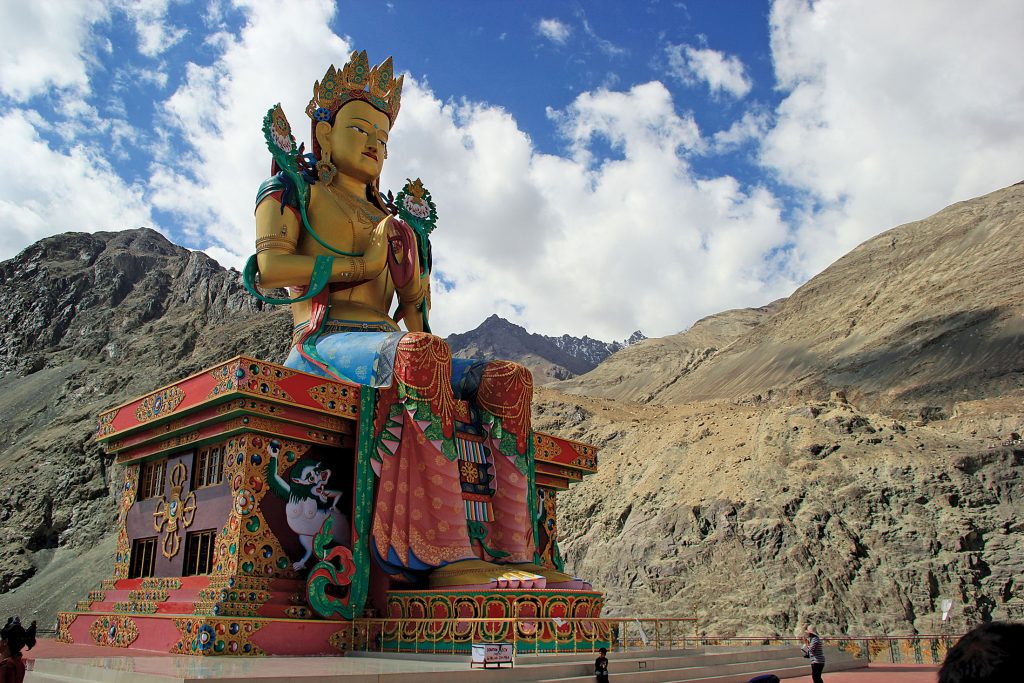
Ladakh also has many other interesting and mysterious aspects and one of the most well-known institutions among the local population is the Oracle, ʻLha-moʼ (female) or ʻLha-paʼ (male). It is a type of spiritual healer. These oracles also add divinity to oneʼs future. There are oracles which are associated with different monasteries. There are also oracles in villages that are mostly concerned with healing of ailments. The rituals of Ladakh oracles are little known to the outside world, even though as many as 200 may be practicing in the region. The rites and rituals are most likely derived from the cultures of animistic tribes and shamans of Central Asia, China, Tibet, and Mongolia. Most of the oracles are Tibetan Buddhists. Oracles usually meet patients in their houses, bringing them to an altar in the kitchen. Generally, the oracle works with several patients simultaneously and talks with each about their ailments before going into a trance. It takes the oracle about fifteen minutes of chanting, ringing bells, praying and beating drums to go into the spell. It is said that when the oracle gets into a stupor, a spirit enters his body. Spirits that possess oracles during trances are usually said to be from the pantheon of Buddhist deities. The oracles also play the role of exorcist, expelling or controlling spirits believed to be in patients.
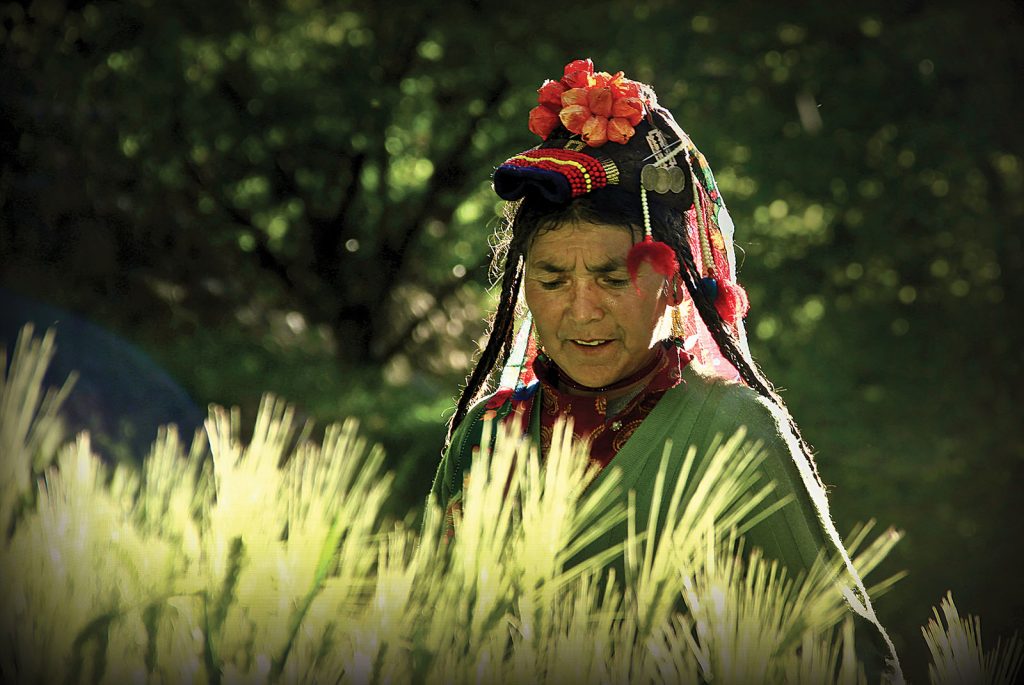
Dances are as big a part of the Ladakhʼs culture as the myth of Christ and oracles. Losar or the New Year Dance is celebrated at a grand level. Yak dance is another ʻmustseeʼ during a trip to Ladakh. Men dress up as yaks and start swaying slowly to the rhythm. The women dress up as milkmaids and try to tame the yaks. Every February, the dance of Dosmoche is performed in the Leh palaceʼs courtyard after a procession in the main bazaar by black hat dancers, followed by the masked dance of the Lamas and sacrificial offerings at its climax.
Indeed, Ladakh is a world unto itself, often far removed from the rush and hurry of contemporary life.
